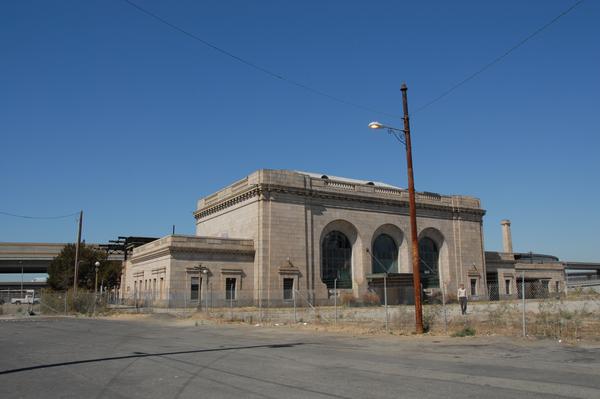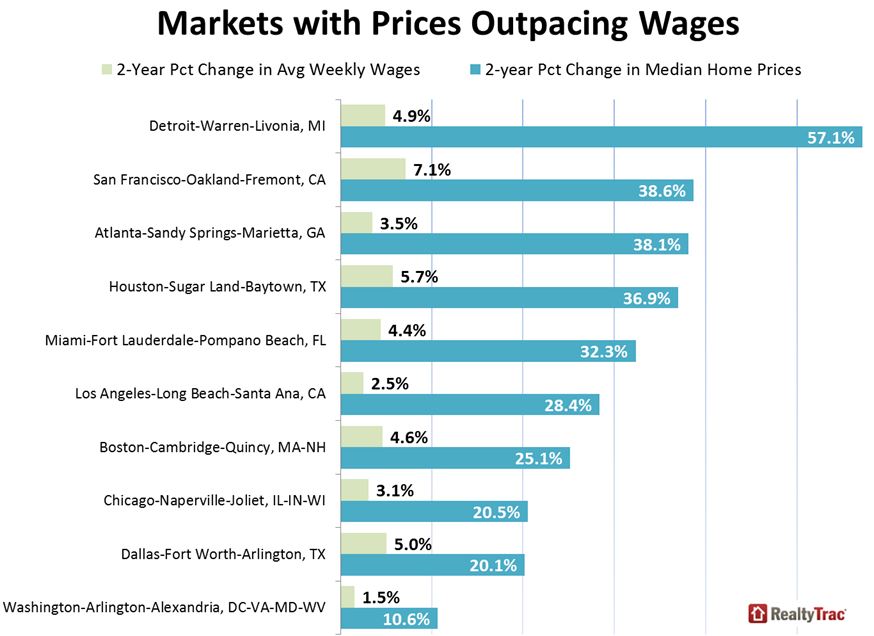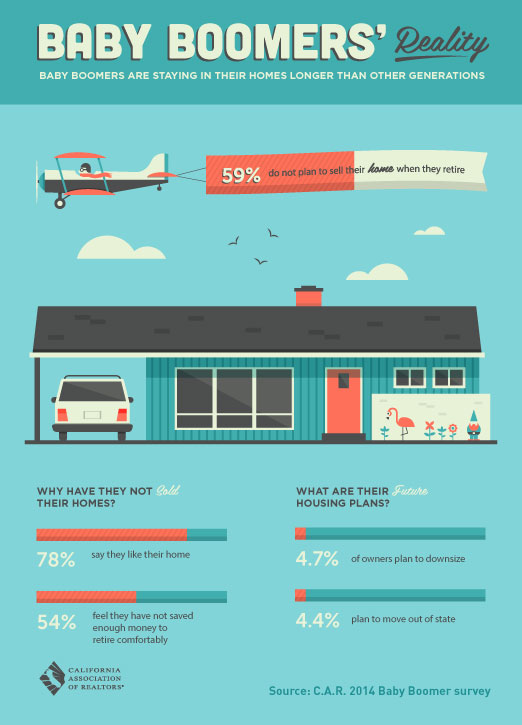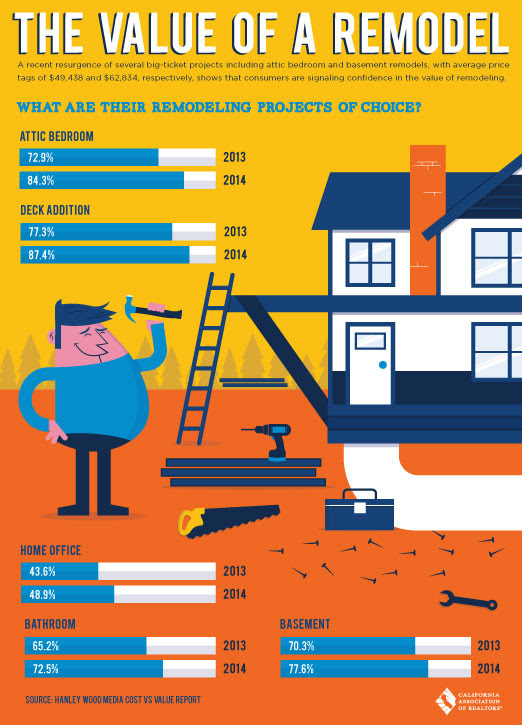Oakland led the way in easing the restrictions on in-fill development and Berkeley now puts an ambitious plan forward as well. While only properties within a quarter-mile of BART stations and the existing permit areas will be exempt from adding an additional parking spot, this will quickly help address our housing crunch by providing a streamlined approach to legal second units. Do note that at least one of the units will need to be owner-occupied.
Be forewarned though – while you will no longer need an administrative use permit for the addition, the actual building permit process is often much slower than most people anticipate.
“Berkeley officials voted unanimously Tuesday night to streamline the process for homeowners who want to add secondary units — sometimes called in-law units or granny flats — to their properties.
Supporters of the draft plan say it is a sustainable approach to increasing density and will allow more local residents to age in place by cutting down on the bureaucratic hurdles tied to the construction of additions, while also making those projects cheaper.
The proposal, from Mayor Tom Bates, would allow homeowners who follow certain standards to build the units “by right,” meaning they would not need to apply for an administrative use permit prior to construction. Those permits can be costly and take a long time to make their way through the approval process. Building plans would still require review by city staff, but public hearings and neighborhood feedback would be off the table.”
via Officials to relax rules for Berkeley ‘granny flats’ | Berkeleyside.
Most home buyers (with help from their Realtors) quickly become adept at navigating our local school systems and identifying which properties will afford their kids the best public school education possible and safeguard the value of their investment.
How many of them, though, realize that the most commonly used measure, the Academic Performance Index (API), is based solely on a narrow band of standardized tests and, even more pertinent, has not been updated in over a year and a half as new testing based on the Common Core takes the place of our old assessments?
A change is in the works – the article linked to below details educator’s efforts to quantify a wide range of variables that demonstrate not simply how well children in a particular district or zone test at the end-of-the-year, but rather how effective our schools are at educating every child regardless of demography.
The downside? It may be at least three years before we have new tools in place to assess our institutions and advise our clients.
“There is near-universal agreement among educators and policy makers that a new system should be distinctly different from the API, which is calculated by weighting school and district scores on various subject assessments. Instead of a single number with consequences tied to end-of-year standardized tests, there should be multidimensional measures reflecting the complexities of school life and performance, including potentially hard-to-quantify indicators of school climate, as well as test scores and indicators of success in preparing students for college and career options. State board President Michael Kirst uses the analogy of gauges on a car dashboard that display oil pressure, temperature, battery capacity and mileage, each measuring different components of a car’s performance.”
Now that the City Council has signed off on the West Oakland Specific Plan, which increases the potential amount of land zoned for residential use, will we at last see more viable projects move from entitlement to reality? The San Francisco Business Times article linked to below is hopeful.

City Ventures to invest hundreds of millions into West Oakland development
“The on-again, off-again revival of West Oakland is on again.
California infill-housing builder City Ventures is diving deep, with four West Oakland housing and mixed-use parcels in its sights. The private company, which is internally capitalized, expects to invest hundreds of millions of dollars in the neighborhood, Northern California President Philip Kerr said.”
The West Oakland Train Station is at the heart of the specific plan for the neighborhood.
Photo by Spencer Brown







